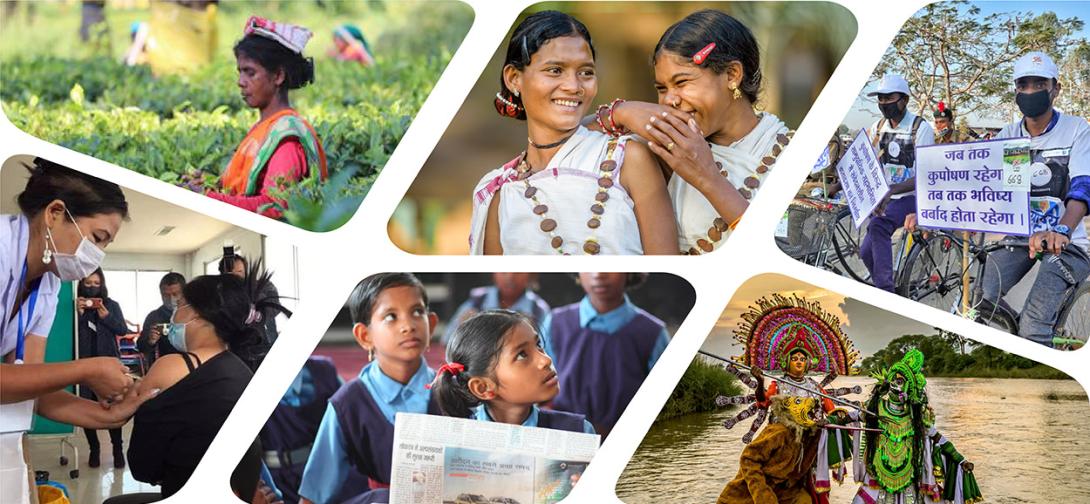Systemic Reforms and Crisis Resilience: Learnings from India’s Fight against Covid-19
Governments across the world are struggling to combat the COVID-19 outbreak, with nearly 170000 deaths reported globally and over 200 countries affected. In India, the Central and state governments have employed a multi-pronged approach to deal with the situation. It is in such times that one is reminded of Norman Schwarzkopf who once said “The more you sweat in peace, the less you bleed in war”. True to this spirit, interestingly, many reforms undertaken by the government before the pandemic are now playing a big role in our fight against the novel coronavirus.
Digital payments, especially enabled through the UPI platform, have proved to be an effective way to reduce the risk of transmission from the use of physical currency notes. The near universalization of jan dhan accounts, along with the JAM (jan dhan, Aadhaar and mobile) trinity, has facilitated Direct Benefit Transfer and made us more economically resilient. Thanks to the Pradhan Mantri Ujjwala Yojana, more than 8.3 crore BPL families will get free refills during this tough time for a period of three months, from April to June 2020, under the Pradhan Mantri Garib Kalyan Yojana (PMGKY). The universal sanitation coverage under the Swachh Bharat Abhiyaan is making it easier for Indians to observe social distancing and home quarantine norms.
Availability of better and more delineated housing, especially in urban areas, under the Pradhan Mantri Awas Yojana has also contributed towards reducing the risk of community transmission. On industrial front, a number of procedures—either rationalized or turned online by states and the Centre as a part of the ‘Ease of Doing Business’ ranking improvement project—has enabled the quick set up of large-scale pharmaceutical and medical equipment manufacturing capacities.
Moreover, in cities such as Surat, Pune, Bengaluru and Tumakuru, integrated command and control centres set up under the Smart Cities Mission are being used to disseminate up-to-date information on the novel coronavirus in different administrative zones of these cities. Pharmacists of the Pradhan Mantri Jan Aushadhi Kendra, popularly known as ‘swasthya ke sipahi’, are delivering essential services and medicines to patients and the elderly. Phased-out Integral Coach Factory coaches of the Railways are being used for building isolation wards and UDAN flights are transporting medical cargo to various parts of country, including remote and hilly areas. As many as 90,000 NGOs have been roped via the NGO Darpan portal by NITI Aayog and learnings from the Aspirational Districts Programme’s real-time data monitoring systems are enabling better, on-ground surveillance systems across the country. Even in terms of administrative efficiency, the push within the government to use the e-filing system for administrative work or approvals, and the public financial management system for enabling and tracking fund flows are facilitating the uninterrupted continuation of the lockdown.
Having said this, the current crisis also offers newer opportunities for the government to undertake reforms that were hitherto considered difficult. For instance, the possibilities of leveraging technology for telemedicine or online learning in rural areas; bringing back the base of the Active Pharmaceutical Ingredient industry to India; building robust data systems to track informal sector employment; and using reverse migration to drive reforms in farm-gate agro-product processing industry need to be seriously looked at from the public policy perspective.
Furthermore, the use of remote electronic voting for enhancing electoral participation, especially among the old and the differently-abled; developing sovereign insurance products for governments; private agencies and citizens to collectively subscribe to and developing cross-sectoral coordination platforms for enabling better Centre–state partnerships, especially in emergency situations, can help build greater strength in the times to come. Also, greater penetration of government platforms like e-National Agriculture Markets (e-NAM) to enable social distancing in mandis; the widespread use of CCTVs in Smart Cities for enforcing lockdown measures; and the completion of Dedicated Freight Corridors in Railways to improve cargo haulage and speeds, would definitely better prepare us for such situations in the long term.
India offers a great example for the governments of the developing countries on how to build greater intrinsic resilience. These learnings will go a long way in ensuring urgency in reform actions, to further fulfil the motto of ‘Sabka Saath Sabka Vikas’, once we have successfully outmaneuvered the COVID-19 crisis.
*Sumitra K. and Anand Trivedi are M&E Lead and Specialist, respectively, at NITI Aayog. Views expressed are personal.
 National Portal Of India
National Portal Of India 


